
Article
How to treat scoliosis without surgery
If your child has been diagnosed with scoliosis, you probably have a few questions. What exactly is scoliosis, and will my child need surgery to correct the problem?
Health &
Wellness Library
Articles, videos and more to keep your family healthy.

Article
If your child has been diagnosed with scoliosis, you probably have a few questions. What exactly is scoliosis, and will my child need surgery to correct the problem?

Article
Summer can be a season of fun for kids. School's out, and they're ready for pool parties, barbecues, weeknight ice cream outings and camps where they can meet lifelong friends.

Article
Broken bones can happen to children or teens of any age or activity level. These breaks, also called fractures, can be caused by a variety of injuries, including overuse injuries or acute injuries.

Article
When an athlete gets injured, it can be frightening – but it is also a common occurrence. High school athletes account for an estimated 2 million injuries each year. Often, it can be difficult to know when a sports injury needs immediate attention versus when it's best to take a "wait and see" approach.

Article
Today's cheerleaders do much more than stand on the sidelines. They fly through the air, tumble across mats and challenge themselves with difficult choreography to stand out – and win – at competitions.

Article
Soccer is one of the fastest-growing team sports in the United States, especially among youth. Boys and girls of all ages enjoy the sport, whether they're playing for school teams, clubs or just for fun. As with any sport, though, injuries can be part of the game.

Article
Today's young athletes are under more stress and competition than ever before. The year-round training and frequent play and tournaments can lead to burnout and injury.
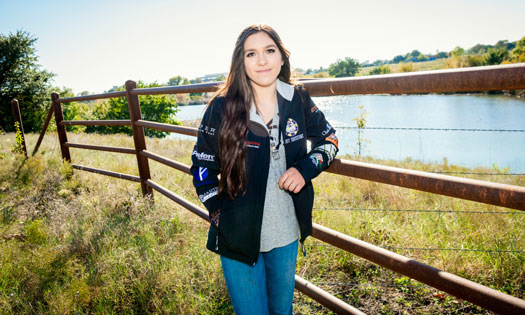
Article
Shylynne, known as "Shy" to her friends and family, has loved horses for as long as she can remember. She got her first horse, Shirley, to ride around in her backyard when she was just 4 years old. Around the time she turned 6, she discovered her passion: competitive barrel racing. This rodeo event for women times a rider while she completes a cloverleaf pattern around three barrels, showcasing the athleticism and skill of both the horse and the rider.

Article
While drinking enough water may seem like a simple action, it impacts virtually every aspect of sports performance.

Article
Hannah has felt "at home" on the dance floor since she took her first ballet class at just 2 years old. Over the years, she has expanded her repertoire to include tap, jazz and hip-hop, but her first love of ballet – and now pointe – is evident. The 14-year-old trains around 23 hours a week at a Dallas-area dance studio.

Article
When Tina Myers received a call from her son's gymnastics coach in September 2015, it was unsettling news – her son, Phillip, who was 13 years old at the time, had been injured at practice. He had landed awkwardly on his ankle, and something wasn't right. It would be frightening news for any parent, but for the mom of an elite athlete it was especially alarming. Mrs. Myers immediately picked up Phillip and raced him to the ER at Children’s Medical Center Plano.
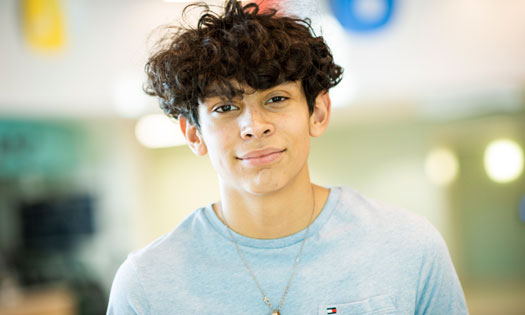
Article
Anthony, a freshman goalie on his high school soccer team, and his cousin were driving an all-terrain vehicle (ATV) in April 2019, when they lost control of the vehicle. Anthony was trapped beneath the ATV when it flipped and landed on him. Because such severe accidents carry a high risk of internal injury, he was quickly transported by helicopter to a nearby emergency room. There, doctors determined his injuries required Level 1 pediatric trauma care, and he was immediately transferred to Children's Medical Center Dallas.

Article
Adults aren't the only ones who suffer from back pain. Children and teens – particularly those who participate in competitive sports – are also likely to experience upper or lower back pain. In fact, one study found that as many as one in three adolescents ages 10 to 18 experienced back pain in the past year.

Article
Playing sports teaches valuable lessons in teamwork, perseverance, goal-setting and hard work. But a desire to be the best can also lead some athletes to develop unhealthy behaviors, including unstable dieting habits and eating disorders.
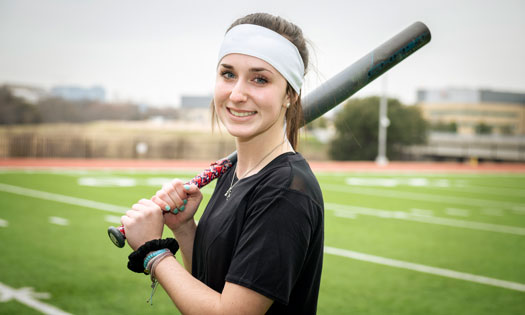
Article
Ashton first stepped foot on a softball field when she was just 5 years old, and it seems like she's been out there ever since. The high school junior now plays for a nationally acclaimed fastpitch softball program, as well as her school's varsity team, and has already committed to playing at a university when she graduates.

Article
Isaiah is a very active child who enjoys riding his bike, playing outside and reading adventure books. So when the 9-year-old complained that his leg was hurting one Sunday evening, his mom, Kristi – a nurse – didn't think much of it.

Article
Athletes who excel on the court or on the field can make highlight-worthy plays look easy. But performing well at game time requires a lot of work behind the scenes.

Article
It's never too early to be prepared when it comes to your young athlete's health. If a sports concussion occurs, it is vital to measure the function of the brain post-injury. Baseline testing while healthy can help health care professionals assess the effects of a concussion on an individual athlete and develop a plan for treatment.

Article
A sports injury can be a major blow to athletes – physically and emotionally. "Sports is a major part of many athletes' identities," explains Scott Burkhart, Psy.D., neuropsychologist at Children's Health Andrews Institute for Orthopaedics & Sports Medicine. "When athletes are suddenly injured, time away from practice and games can be very unnerving and upsetting."

Article
During the school year, young athletes are busier than ever, juggling schoolwork along with practice and, in many cases, multiple training sessions per day. Proper nutrition is key for students to stay healthy and meet the demands of their day.
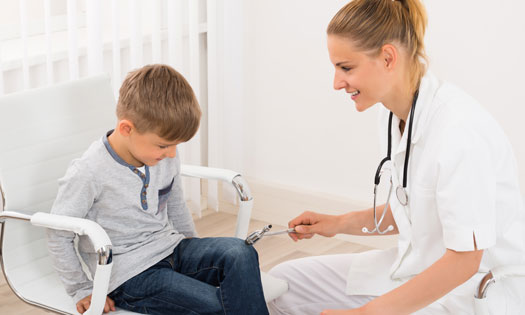
Article
When kids or teenagers feel aches and pains in their knees or other joints, they may tell you directly – or they may begin to act differently. Troy Smurawa, M.D., Director of Pediatric Sports Medicine at Children's Health℠ Andrews Institute for Orthopaedics & Sports Medicine, explains that while joint pain is rare in children, growing pains in the bones can be confused for joint pain and cause parents concern.

Article
Accidents can happen in sports, but what are the proper steps to take if your child has been hit in the head? As a parent, it is important to know what to look for if you suspect that your child may be suffering from a sports concussion.

Article
ACL injuries affect as many as 250,000 Americans each year. These injuries are more common among teen athletes, especially females, and the rates are on the rise.
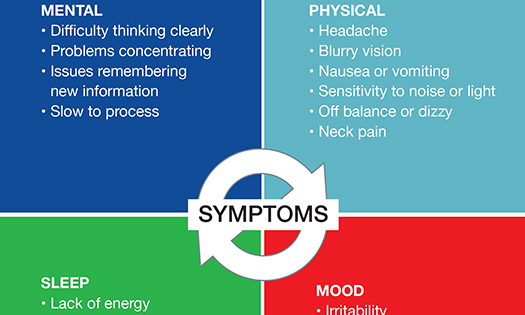
Article
Work with your doctor to find your child’s symptoms on the wheel and have your doctor circle the appropriate school tips.

Article
During football season, you may hear about an injury called turf toe. The term turf toe refers to a common injury among athletes. While turf toe is most common in football players, it also affects players of other sports such as basketball, wrestling and gymnastics.

Article
Signing up your family for a race together is a great way to combine exercise with quality time. There are many family-friendly races available, whether with different themes (mud runs, bubble runs, superhero runs, etc.) or supporting a cause you care about.

Article
Concussions are serious injuries that require plenty of time to heal. Limiting physical and mental activities is extremely important in the recovery process.
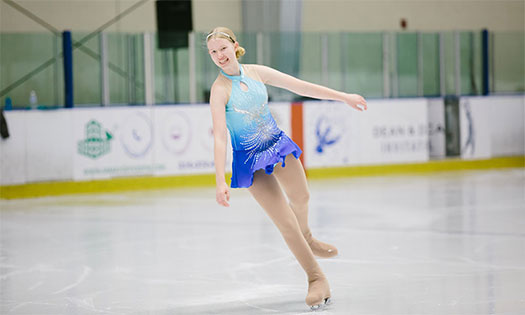
Article
Ice skating has always come naturally for 16-year-old Alexa Hassell. She competes regularly and is a coach for younger skaters. When a fall through a trampoline in 2016 resulted in the discovery of scoliosis, Alexa worried about getting back to her favorite pastime.

Article
A "hip pointer" is an injury that occurs from a blunt impact on the point of the hip called the "iliac crest". This type of injury is common among football players but can occur in players of all sports.

Article
If you suspect your child is suffering from a sports concussion, the most important thing you can do is to get him or her evaluated by a medical professional soon after the injury. Once your child has been diagnosed with a concussion, it is important to let him or her sleep, as rest encourages healing of the brain.
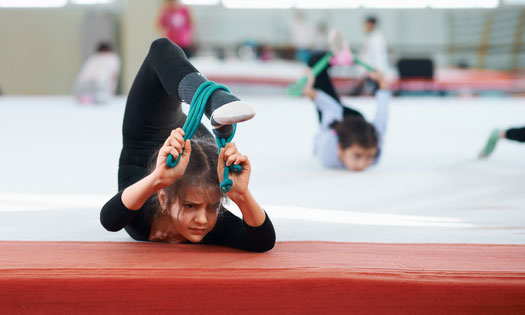
Article
Young athletes face their share of bumps and scrapes, but first aid kits aren’t the solution to every injury. If your child has recurring lower back pain or spondylolysis, they may be at risk for a slipped disk in the spine.

Article
At high school sports games throughout the region, you may notice something new on the sidelines: a medical tent. Each year, more than 2.6 million children are treated nationwide for sports-related injuries. To help care for these injuries, Children's Health Andrews Institute for Orthopaedics and Sports Medicine strives to use pioneering techniques to evaluate young athletes on the field.

Article
Young athletes spend a lot of time together on the field, in the locker room, traveling to games and more. While this quality time is great for team bonding, it also makes it easy for infections to spread from player to player.
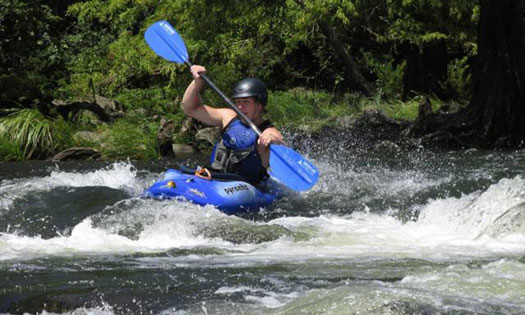
Article
In April 2010, Dayton, then age 13, was seriously injured when he was accidentally shot in the left arm by a 12-gauge shotgun.

Article
When you're watching a football game, certain members of the team may be in the spotlight more than others: the quarterback, the running back - or even the coach. In reality, we know that all players are critical to a team's success.
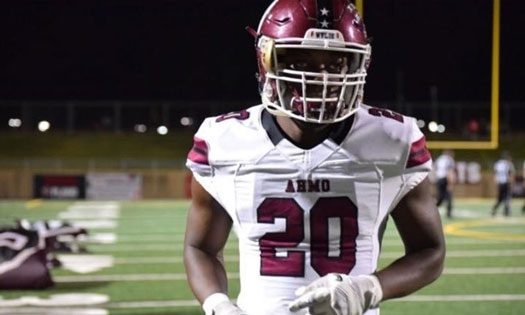
Article
David started playing football in the fourth grade. In high school, he was the team's starting running back, and like many football players, he had grown accustomed to the physicality and intensity the game is known for – especially in Texas. So when he started to feel pain in his left hand after a home game in September 2017, the high school senior didn't think much of it.

Article
Your young athlete works hard to be at the top of their game. It can be difficult to know what aches are normal and what pains need a doctor's attention. If your child frequently bends or twists their back during sports and they experience frequent lower back pain, it might be time to ask their doctor about spondylolysis.

Article
All those sprints, laps and drills can take their toll on athletes, especially when the weather is hot. Athletes are at risk of dehydration if they don't get enough fluid. Fluids are needed to replace what is lost through the skin as sweat and through the lungs while breathing.

Article
Standing up straight and tall not only helps your child appear more confident, it also helps relieve muscle strain, backaches and neck aches. Developing good posture as your child grows has long-term benefits that will pay off throughout their lifetime.

Article
These extra training sessions help to accelerate physical conditioning, skill development and team cohesion. However, athletes can experience increased amounts of physical and psychological stress during these multi-session practices. Troy Smurawa, M.D., is the Director of Pediatric Sports Medicine at the Andrews Institute for Orthopaedics & Sports Medicine. He shares tips to help your athlete survive two-a-days and get the most out of each workout.

Article
As concussion awareness becomes more prevalent, many parents and athletes wonder what steps they can take to prevent sports concussions from happening. While there is no one way to prevent a sports concussion, young athletes can still take steps to minimize their risk.

Article
According to the Centers for Disease Control and Prevention, children should get one hour of exercise each day. "Exercise is at the forefront of physical health," says Performance Manager Josh Adams, M.S., C.S.C.S., Children's Health Andrews Institute Sports Performance powered by EXOS. "Exercise helps children strengthen growing muscles and bones and is part of a healthy lifestyle, combined with quality nutrition and adequate sleep."
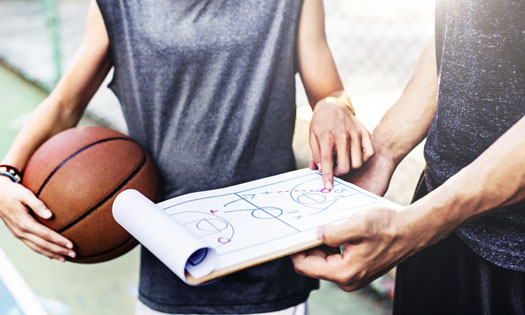
Article
Social distancing and uncertainty in sports play and practice have created a unique opportunity for young athletes. While they may be unable to spend as much time running drills or lifting weights with teammates, each athlete can focus on a part of their performance that often gets overlooked – cognitive skills.

Article
During summer or other times of year, many athletes will have a welcome break from regular season practice and competition. The off-season is the time of year that falls between post-season competition and pre-season training. This time offers athletes a unique opportunity to rest, recuperate and improve their overall athletic ability.
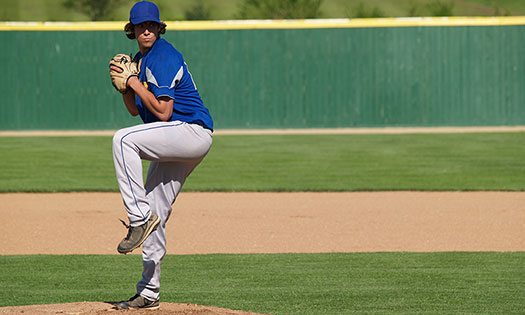
Article
Over 2.4 million children around the world will participate in youth baseball leagues each year, and at some point, many of those participants will pitch. Most leagues have a "pitch count" rule, so that each player is individually monitored. Jeff Baggett, certified athletic trainer and outreach program manager at Children's Health Andrews Institute for Orthopaedics and Sports Medicine, says that these rules are in place not necessarily to create fair play – but to protect the safety of our young athletes.

Article
Physical therapy is medical care that is directed at improving pain, movement and the ability to perform daily tasks and recreational activities with fewer complications, restrictions or movement impairments. For anyone who has faced an injury, physical therapy can drastically improve quality of life and the ability to fully recover.

Article
Recovery from a sports concussion does not happen overnight, and you must let your child to take the necessary time to heal. While a normal range for recovery is three to four weeks, that recovery time will vary by individual. Allowing your child to rest is one of the most important steps you can take as a parent after your child is diagnosed with a sports concussion.

Article
The sports supplement industry is booming and promises to help athletes of all ages move faster and grow stronger. But the vitamin and supplement industry is mostly unregulated, leading to a wide variation in supplement quality across the market. This lack of regulation can put athletes and their health at risk – with little or no recognized benefits.